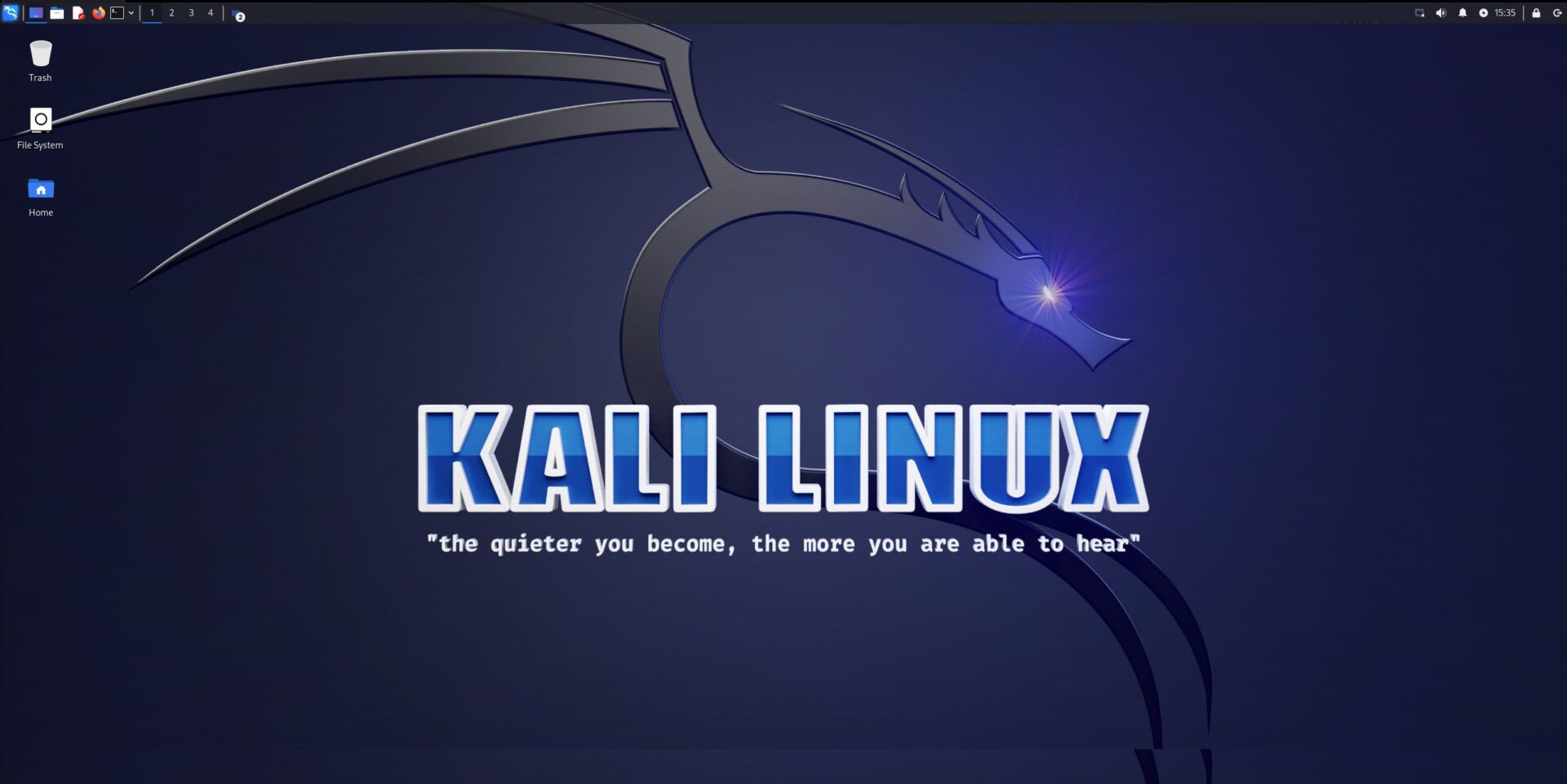Introduction
Welcome to our comprehensive blog post comparing Cloud Security and Traditional Security. In today’s digital landscape, ensuring the protection of data and maintaining a secure environment is of utmost importance. With the rapid adoption of cloud computing, it has become crucial to understand the differences between Cloud Security and Traditional Security to make informed decisions. Let’s dive in and explore the key distinctions between the two approaches.
Understanding Cloud Security
Cloud Security refers to the set of technologies, policies, and controls implemented to safeguard data and applications stored in the cloud environment. It involves protecting cloud infrastructure, platforms, and software from unauthorized access, data breaches, and other cybersecurity threats. Cloud Security providers employ various measures, such as encryption, access controls, and monitoring, to ensure the confidentiality, integrity, and availability of data in the cloud.
Exploring Traditional Security
Traditional Security, on the other hand, focuses on securing on-premises IT infrastructure and networks. It involves deploying physical security measures, firewalls, intrusion detection systems, and antivirus software to protect data and assets. Traditional Security primarily operates within the boundaries of an organization’s physical premises and relies on dedicated IT staff to manage and maintain security protocols.
Comparison of Cloud Security and Traditional Security
When comparing Cloud Security and Traditional Security, several factors come into play. Let’s examine the key differences between these two approaches:
Key Differences Between Cloud Security and Traditional Security
Flexibility: Cloud Security offers greater flexibility compared to Traditional Security as organizations can scale their infrastructure and security measures on demand. Traditional Security often requires significant upfront investments and may not easily accommodate sudden changes in resource requirements.
Responsibility: Cloud Security providers assume a significant portion of the security responsibility, including infrastructure maintenance, updates, and patching. In Traditional Security, organizations retain full control and responsibility for securing their on-premises systems, which requires dedicated resources and expertise.
Accessibility: Cloud Security allows authorized users to access data and applications from anywhere with an internet connection. Traditional Security, on the other hand, may restrict access to on-premises systems or require complex remote access setups.
Scalability: Cloud Security offers seamless scalability, allowing organizations to easily adjust their security measures as their needs evolve. Traditional Security may require extensive planning and resource allocation to accommodate growth or changes in security requirements.
Benefits of Cloud Security
Implementing Cloud Security brings numerous benefits to organizations:
- Cost Efficiency: Cloud Security eliminates the need for significant upfront investments in hardware and infrastructure, reducing overall costs.
- Global Accessibility: Cloud Security enables users to access data and applications from anywhere globally, facilitating remote work and collaboration.
- Automatic Updates: Cloud Security providers handle updates and patches, ensuring systems are up-to-date with the latest security measures.
Challenges of Cloud Security
While Cloud Security offers many advantages, it also presents certain challenges:
- Data Privacy: Storing data in the cloud raises concerns about data privacy and compliance with regulations.
- Dependency on Providers: Organizations relying on Cloud Security are dependent on the reliability and security practices of their chosen cloud service providers.
- Internet Connectivity: Cloud Security necessitates a stable internet connection to access and protect data stored in the cloud.
Best Practices for Cloud Security
To ensure robust Cloud Security, organizations should follow these best practices:
- Strong Access Controls: Implement strict access controls, including strong passwords, multi-factor authentication, and role-based access control.
- Data Encryption: Encrypt sensitive data at rest and in transit to protect it from unauthorized access.
- Regular Monitoring: Continuously monitor cloud environments for any suspicious activities or potential security breaches.
- Regular Audits and Assessments: Conduct periodic audits and security assessments to identify and address any vulnerabilities or weaknesses.
Conclusion
In conclusion, understanding the differences between Cloud Security and Traditional Security is essential for organizations seeking to secure their data and applications effectively. While Cloud Security offers flexibility, scalability, and cost efficiency, Traditional Security provides full control and responsibility. By implementing best practices and considering the specific needs of their organization, businesses can make informed decisions to protect their digital assets and maintain a secure environment.




